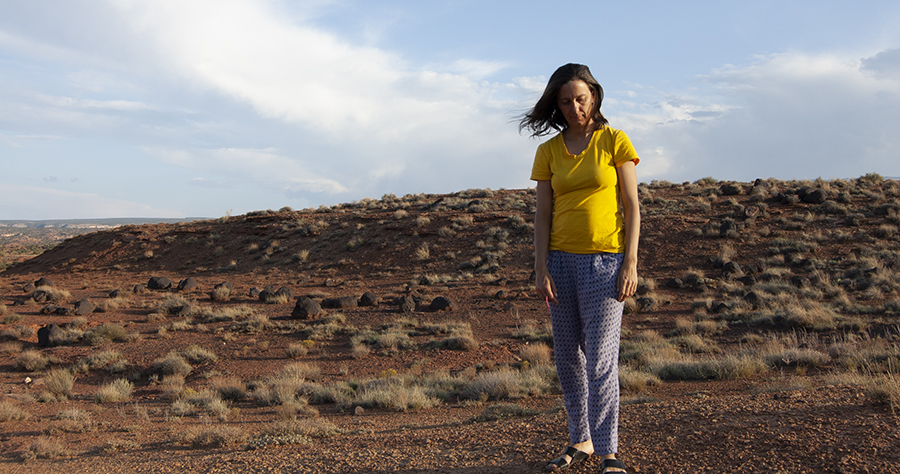During the 2019-2020 bushfire season, more than 10 million hectares of Australia burned.
Many thousands of species have been affected and much focus has been on the rescue and care of Australia’s animals. Yet Australia is home to around 25,000 native plant species, many of which have had more than 90 per cent of their range burnt.
While many Australian plants are adapted to fire and thrive through resprouting and germinating after fire, the cumulative effects of other threats such as drought, disease and flooding may place many species at high risk of extinction.
That’s where Australian Research Council DECRA Fellow Dr Rachael Gallagher, from Macquarie’s Department of Biological Sciences, steps in. For the next six months, Rachael is engaged by the federal Threatened Species Commissioner, Dr Sally Box, to conduct a national prioritisation of plants affected by the bushfires.
“In my role, I work closely with the Wildlife and Threatened Species Bushfire Recovery Expert Panel by delivering the primary research they need to identify which plants require active management to recover,” Rachael says.
“The prioritisation research has assessed 19,004 plant species to date against a set of eleven criteria which combine the proportion of the geographic range that burned, species fire response traits, and the interactive effects of other stressors such as drought, herbivory, disease, weed invasion and erosion.
“The research I conduct has now been used by the Expert Panel to prioritise 471 species which require immediate action of the 709 identified as at high risk.”
In response to the findings, the federal government has released funding to support government agencies, non-government conservation organisations, university researchers, Traditional Owner ranger teams, community groups and the public to undertake field work across the fire zone, targeting the 471 plants identified.
“Many species will have to be listed for protection under the Environmental Protection and Biodiversity Conservation Act (EPBC Act) or by the States as endangered, critically endangered or vulnerable. The data collected in the field will be crucial for these listings,” Rachael explains.
“I am the Deputy Chair of the NSW Threatened Species Scientific Committee and there is a strong need to list plants and animals affected by the fires to avoid the imminent threat of extinction.”
A summary report, including a list of the 471 priority plants for management intervention, and a technical report prepared by Rachael describing the prioritisation framework and assessment method, can be found on the Bushfire Recovery page of the Australian Government’s Department of Agriculture, Water and Environment website.


 Back to homepage
Back to homepage